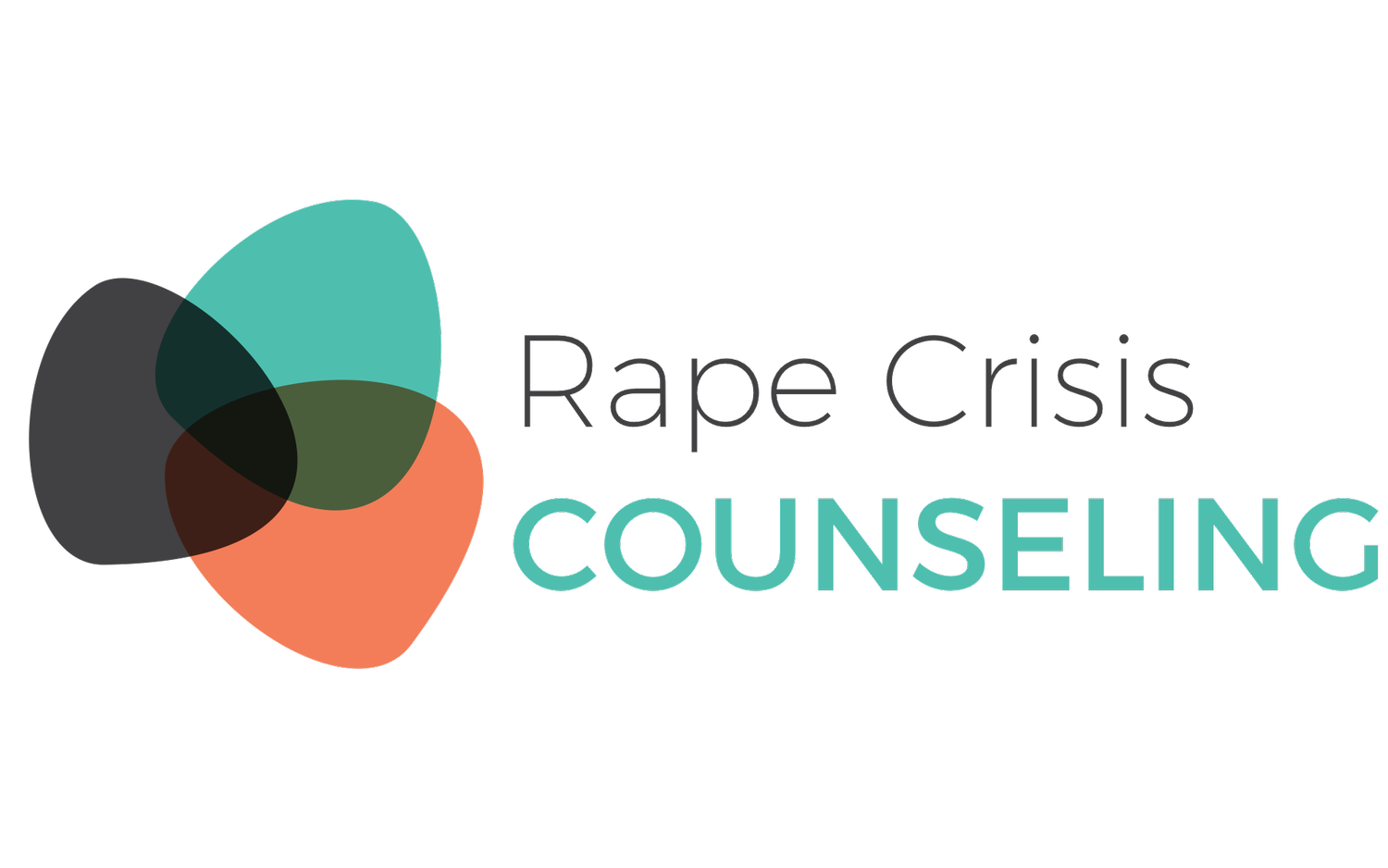5.2.4 Stalking
When safety planning in stalker situations, it’s helpful to know that the average stalking case lasts approximately two years.
Safety planning begins when the survivor identifies the behavior as stalking and needs to evolve as the situation persists.
Reach out: The survivor can tell trusted friends and family what is happening and visit local law enforcement to determine what steps can be taken to protect themselves.
The survivor can give a photo of the stalker to family, friends and colleagues. Supervisors have a responsibility to keep the survivor safe at work.
Stay connected: The survivor can keep their phone charged and topped up with credit. They can also put emergency numbers on speed dial, saved under a different name to disguise them, or even memorize these numbers in case they are not able to access their own phone.
Avoid routines: The survivor can find different ways to reach their regular destinations, including taking different methods of transport or changing the routes they use.
Avoid traveling alone: The survivor can enlist the help of trusted friends or family to accompany them outside the home or work environment whenever possible.
Collect evidence: It can be helpful to gather information about the stalker, if it’s known to the survivor. The survivor can save threatening phone messages, texts, emails or any other evidence to present to law enforcement when making a case for a protective, restraining order against the stalker.
It’s important for the survivor to log all stalking behavior, including attempts to contact them directly.
Plan what to do when in danger: If the survivor is in immediate danger, they should know safe spaces to go, including the nearest police stations, family or friends’ houses, domestic violence shelters, places of worship or safe public areas.
